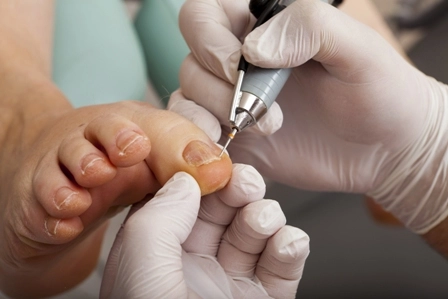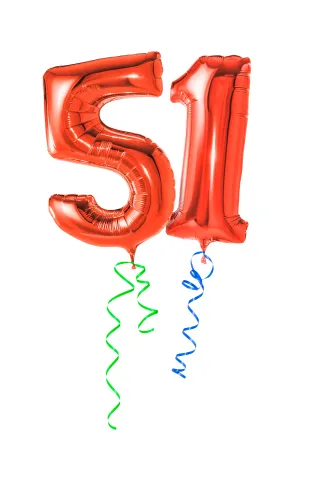Scrubbing Your Debridement Claims Clean

Question: An established patient reported to the physician with open sores on his lower back, upper right torso, and the back of his neck. After performing a level-three E/M service, the physician diagnosed three pressure ulcers. He debrided and packed the open sores and allow them to drain and heal. Notes indicate that the physician debrided 18 square cm of subcutaneous tissue on the patient’s lower back; 12 square cm of muscle/fascia on the patient’s torso; and 6 square cm on the patient’s neck that “went to the bone.” How should I code these services?
Mississippi Subscriber
Answer: Since the physician debrided three pressure ulcers of differing depths and locations during the encounter, you should report three procedure codes and an E/M code. You’ll also need to attach three modifiers.
Debridement coding: On the claim, first report 11044 (Debridement, bone [includes epidermis, dermis, subcutaneous tissue, muscle and/or fascia, if performed]; first 20 sq cm or less) for the neck debridement. This is the highest-paying of the debridement codes you’ll report, so listing it first will result in 100 percent reimbursement for the code.
Then, report 11042 (Debridement, subcutaneous tissue [includes epidermis and dermis, if performed]; first 20 sq cm or less) for the lower back debridement with modifier 59 (Distinct procedural service) or the appropriate X modifier if the payer recognizes those and requires those over the 59 modifier.
Finally, report 11043-59 (Debridement, muscle and/or fascia [includes epidermis, dermis, and subcutaneous tissue, if performed]; first 20 sq cm or less) for the torso debridement. You may also need to append modifier 51 (Multiple procedures) to show the payer performed multiple surgeries during the same session. If you’re unsure how to code this scenario, you might want to check with your payer to see if you need 59, 51, or a combination of the two on the claim.
E/M coding: Report 99213 (Office or other outpatient visit for the evaluation and management of an established patient, which requires at least 2 of these 3 key components: an expanded problem focused history; an expanded problem focused examination; medical decision making of low complexity) with modifier 25 (Significant, separately identifiable evaluation and management service by the same physician on the same day of the procedure or other service) appended to show that the debridements and the E/M encounter were separately identifiable services.
Caution: According to CPT®, you should code debridements of different depths separately, even if they occur in the same anatomical area. If the debridements were all to the same depth, however, you would add up all the repair areas and code based on that sum.




